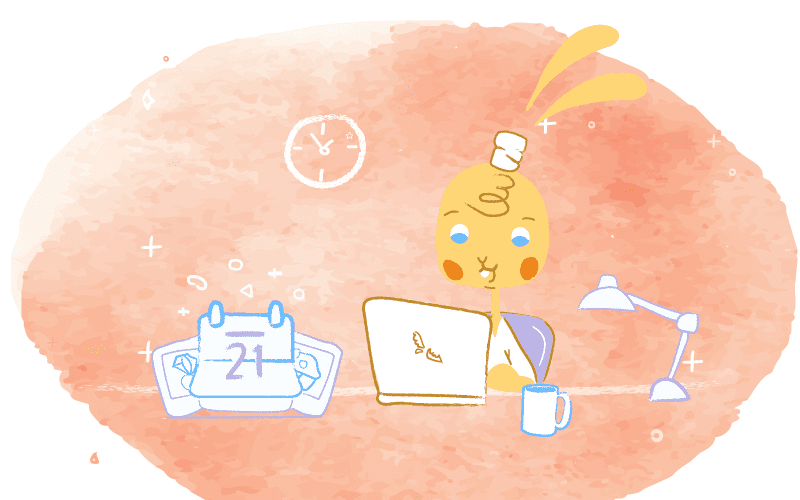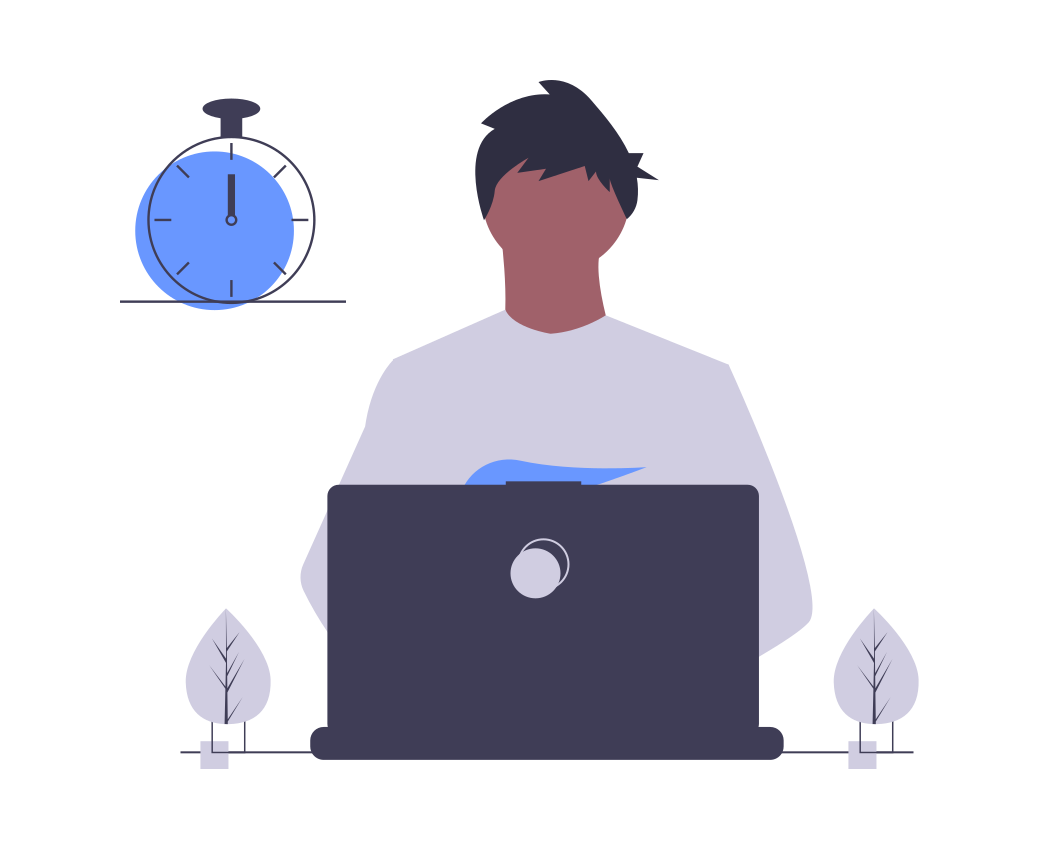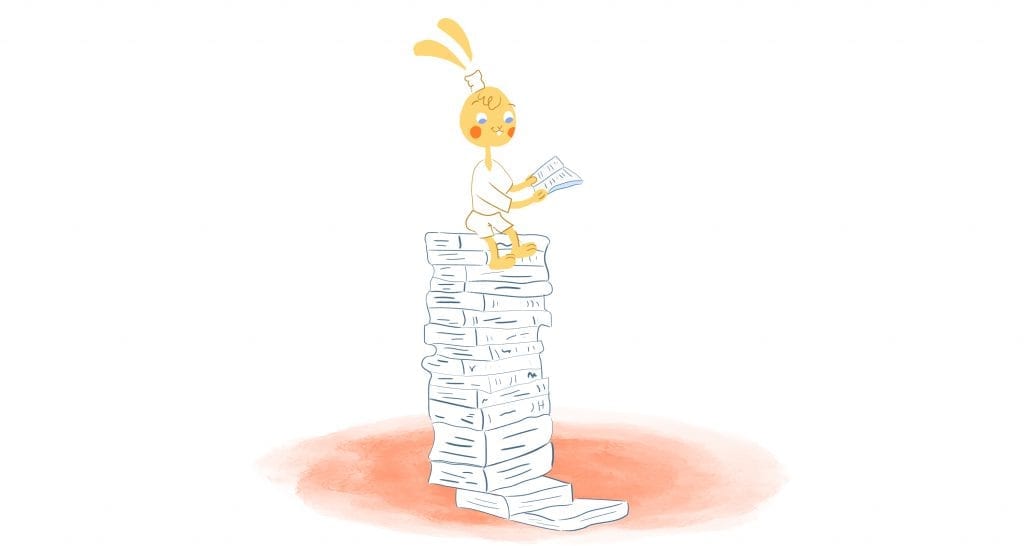

Did you know that April is Stress Awareness Month? Why would stress awareness be so important that an entire month is dedicated to its understanding? Well, nearly 8 in 10 Americans feel stressed weekly.
Specifically, many studies have shown that job stress is by far the most common source of stress for American adults and that the problem has escalated steadily over the past few decades. In addition, increased rates of heart attacks, hypertension, and other disorders have been found to correlate with increased levels of job stress, as measured by the perception of little control but lots of demands.
There is, however, some good news. It’s possible to destress right from your desk. Don’t believe me? Try these 18 stress busters the next time you feel under pressure.
1. Remember HALT.
“When stress takes hold, stop and ask yourself if you are Hungry, Angry, Lonely, or Tired,” writes Bryan Robinson, Ph.D. for Forbes. “When stress overtakes you and pulls you out of your job, this alert signal can bring you back into balance.”
“If one or a combination of the four states is present, slow down, take a few breaths, and chill. If you’re hungry, take the time to eat,” he suggests. When you’re angry, “address it healthily. If you’re lonely, reach out to someone you trust. And if you’re tired, rest.”
2. Declutter or organize your workspace.
“Studies found that clutter can lead to procrastination, decreases productivity, increases stress, and makes it more difficult to unwind,” notes Angela Ruth in a previous Calendar article.
“Moreover, it can encourage bad habits like unhealthy eating,” she adds. Likewise, clutter can clog the neural networks. This reduces the speed of information processing.
Getting this done regularly, like cleaning and organizing your workspace before work or at the end of the workday, will prevent you from dreading it. Angela suggests adding this to your calendar for deep cleans, like on Friday afternoons.
“Now, don’t overwhelm yourself here,” she advises. “Start small, like a draw on your desk.” After that, move to another area. “The key is to trash, recycle, donate anything you don’t need, give everything a home, and keep it clean.”
3. Journal.
What’s not to love about journaling? When you journal, you can organize your thoughts, achieve clarity, solve problems and gain fresh perspectives.
Journaling is thought to reduce stress, specifically by escaping negative feelings and thoughts.
One study, published in 2011, highlights the positive effects journaling can have on adolescents who struggle with worry or self-doubt before taking tests.
During this study, ninth-graders were randomly allocated to two groups. The students in one group were asked to write for 10 minutes about their worries and feelings related to the exam. The students in the other group were asked to write about what they thought was going to be on the exam for 10 minutes before taking it.
It was found that people who expressively wrote about their feelings attained higher test scores than those who reported only the content of the test. Higher scores came, particularly those students who said they were nervous or worried about taking tests confirmed this to be true.
4. Give yourself an ear massage.
“This may seem like strange workplace advice, but this practice from traditional Chinese medicine has been proven to work!” suggests Katrina Davies over at the Muse. “Medical studies have shown that ear massage (or auricular acupressure, if you’re feeling fancy) relieved stress and anxiety in pre-op and post-op hospital patients.”
“The trick is to massage your ear gently, right in the middle of the upper third of your ear,” Davies adds. “This spot called the Shen Men point reportedly decreases stress and boosts energy—just what you need on a trying day.”
To locate the specific spot, begin by massaging the earlobes, then work your way up and around the outer shell of your ear, she recommends. It should give you the same results as Shen Men.
5. Yoga stretches.
Implementing a yoga routine before or after work is a great plan. However, stretches should also be incorporated into your daily routine.
Taking stretch breaks is particularly important for people who are forced to sit at a desk and stare at a computer screen for long periods of time, leading to back and neck pain. Even just stretching at your desk for a few minutes can relieve stress, boost productivity, and, most importantly, improve your mood.
Even better? You can do several yoga stretches right from your desk, such as neck rolls and seated spinal twists.
One of my favorites, though, is a desk version of cat-cow. It’s an effective way to release any tension in your neck, upper back, or shoulders. You know—the places where stress loves to reside.
You’ll need to put both feet flat on the ground to do this stretch. After, place your hands on your knees. While inhaling, arch your back and look up to the ceiling. Then, round your spine on your exhalation and allow your head to slump forward.
You’ll want to repeat this for three to five breaths.
6. Try the Emotional Free Technique.
“Repetitive finger tapping can sometimes help release negative emotions such as anxiety,” states the Priory Group. In addition, it involves contacting many acupuncture points; it has been called a psychological version of acupuncture.
“The specific points to tap are the end-points of the major meridians (meridians are believed to be channels of subtle energy which flow through our body),” they add. While repeating your negative thought in your head, tap on the points above (the eyebrow, side of your eye, under your eye, under your nose, chin, collar bone, under your arm, and on the top of your head) three to seven times.
Inhale and exhale deeply after each emotion. Repeat this until you feel a sense of relief. “When you feel more relieved, repeat the technique while you tap through a “positive round,” repeating more uplifting phrases,” they recommend.
7. “Park” your thoughts.
Did you know that you can ‘park’ stressful thoughts if you get distracted by them?
You can do this by writing them on a list on the side of your desk or sending them to yourself electronically. This method can help you refocus and destress by allowing you to ‘park’ your stressful thoughts separately from your tasks.
8. Listen to soothing music.
Music playing while you work can help you feel less anxious and more engaged with the task at hand. Ideally, you want to listen to a genre related to your work and improve your mood.
For instance, you will be able to enter more data values into a spreadsheet faster and more efficiently if you listen to fast-paced music. On the flip side, slow instrumental music can be calming and help you focus if you need intense focus.
9. Just breathe.
“Controlling breathing and breathwork exercises can offer an immediate lessening of anxiety and a sense of empowerment,” said Castel Santana, MD, a board-certified family medicine physician at the Norman Regional’s Wellness Clinic and Norman Regional’s wellness director.
The 4-7-8 breathing exercise is performed in three easy steps as suggested by Dr. Santana;
- Breathe in for 4 seconds
- Hold your breath for 7 seconds
- Breathe out slowly for 8 seconds
You should repeat this at least three times.
10. Practice progressive muscle relaxation.
A method of reducing anxiety, progressive muscle relaxation (PMR), was introduced in the 1930s by American physician Edmund Jacobson. As you alternate muscle tension and relaxation, you target every major muscle group of the body. While often used in conjunction with cognitive behavioral therapy, you can still use this to keep stress or anxiety at bay.
You need to find a quiet spot where you won’t be distracted before you begin. Next, lie on the floor or recline in a chair, loosen any clothing that is too tight, and remove your glasses or contacts, suggests Arlin Cuncic at Verywell Mind. Next, relax your arms by placing them on the arms of the chair or your lap. Breathe slowly and evenly. Take a few minutes to practice diaphragmatic breathing if you have not already.
After that, you want to release tension throughout your body. Start with your forehead, then your jaw, neck and shoulders, and arms and hands. Don’t forget your buttocks, legs, and feet.
11. Visit your happy place.
It’s okay to use visualization when you feel stressed and overwhelmed. For example, imagine that you’re at your favorite beach. Breathe in the salt air, listen to the waves cresting, and feel the sand between your toes. Also, make sure that you note how relaxed you now are after visiting your happy place.
The whole day can’t be spent daydreaming, of course. However, when stress levels are high, it can be an effective tool to put your mind at ease.
12. Use your lifeline.
Make a quick call to a friend, family member, or coworker, or send a quick text to decompress and temporarily switch off. It can be comforting to have a loved one come to the rescue when you have a difficult time.
Also, you could use this time to plan something you’re looking forward to. Maybe after-work plans like catching a movie or grabbing lunch next week. Not only does this increase happiness — but it can also motivate you to follow through with your goals.
13. Get inspired with a TED Talk.
Like talking to a friend or coworker, sometimes all you need are a few words of encouragement. And that’s precisely what TED Talks offer. If you ever feel like you need a spark, whether, in your personal or professional life, these short videos can inspire, motivate, and educate you to develop much-needed skills.
14. Follow the 20-20-20 rule.
This rule may have been mentioned to you by your eye doctor if you spend most of your day staring at screens. If not, the concept is pretty straightforward. Look away from something 20 feet away every 20 minutes for 20 seconds.
You don’t have to follow this to a tee. However, it takes about 20 seconds for your eyes to relax. Regardless, the idea is that you should take short breaks to reduce eye strain.
You can also use this time to decompress. For instance, you can slow your heart rate and relax by looking out a window at nature.
15. Practice affirmations.
Feeling confident at work can reduce stress levels and increase productivity, which is one benefit of positive self-talk. Let yourself know what you appreciate about yourself out loud so that you can internalize and process them.
Starting your day by saying, “I’m good at my job and a valuable part of my team,” will help you conquer negative feelings.
16. Prioritize your most challenging tasks.
Most of us have the most focus and energy in the morning. This is an ideal time to deal with your most challenging or important tasks. Once done, you might feel more accomplished. And more importantly, with this weight lifted from your shoulders, you won’t be as stressed.
What’s more, prioritizing complex tasks gives you more flexibility to handle other concerns that come up during the day.
17. Keep perfectionism in check.
It is one thing to ensure your best work is presented. But it’s another to obsessively perfect it.
Often, you won’t have the chance to present “perfect” work in busy, fast-paced jobs. Perfection will drain your time and your inner peace. With that said, try lowering your expectations and think done instead of perfect.
Trust me. You’ll have a much less stressful life just by doing your best.
18. Move on to something else.
Have you ever gotten your car stuck in the mud or snow? If you keep hitting the gas pedal, you’ll keep digging deeper and deeper. The same is true with work.
Consider switching to something else that needs to be done if you aren’t making progress on the task at hand. This energy shift can lower stress, whether working on another item on your to-do list or engaging in a calming hobby.
And, when you circle back to the original activity, you’ll approach it with a fresh perspective.
Image Credit: energepic.com; Pexels; Thank you!











Deanna Ritchie
Editor-in-Chief at Calendar. Former Editor-in-Chief and writer at Startup Grind. Freelance editor at Entrepreneur.com. Deanna loves to help build startups, and guide them to discover the business value of their online content and social media marketing.